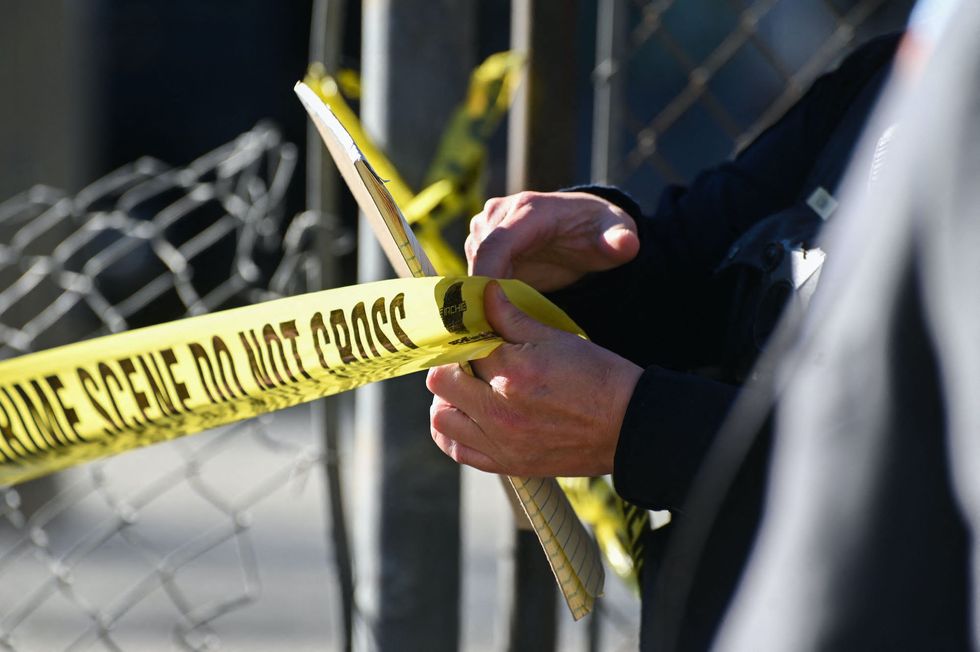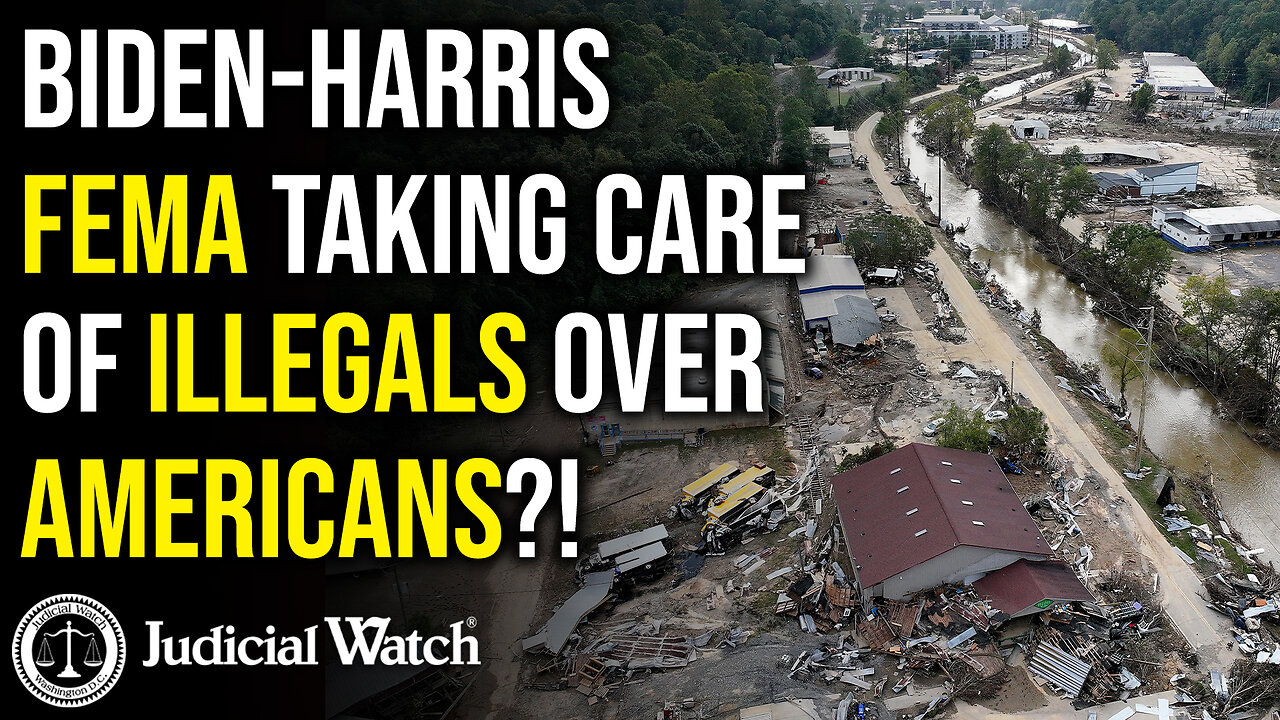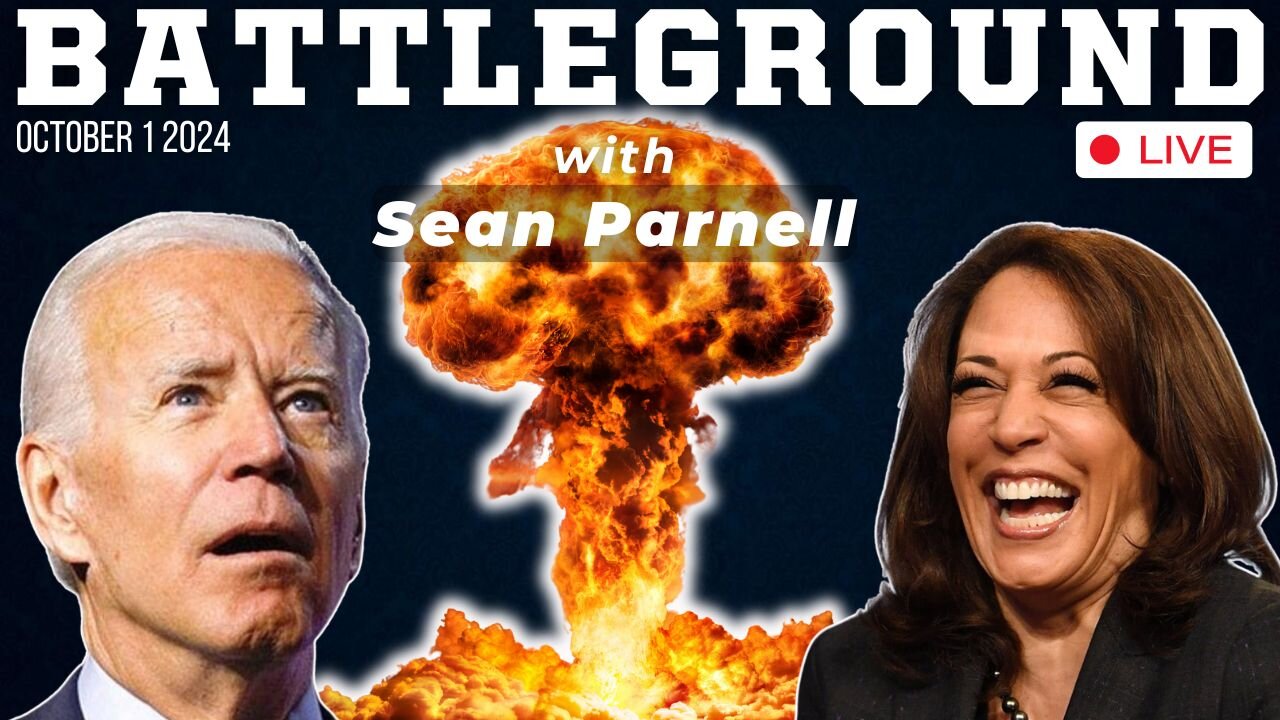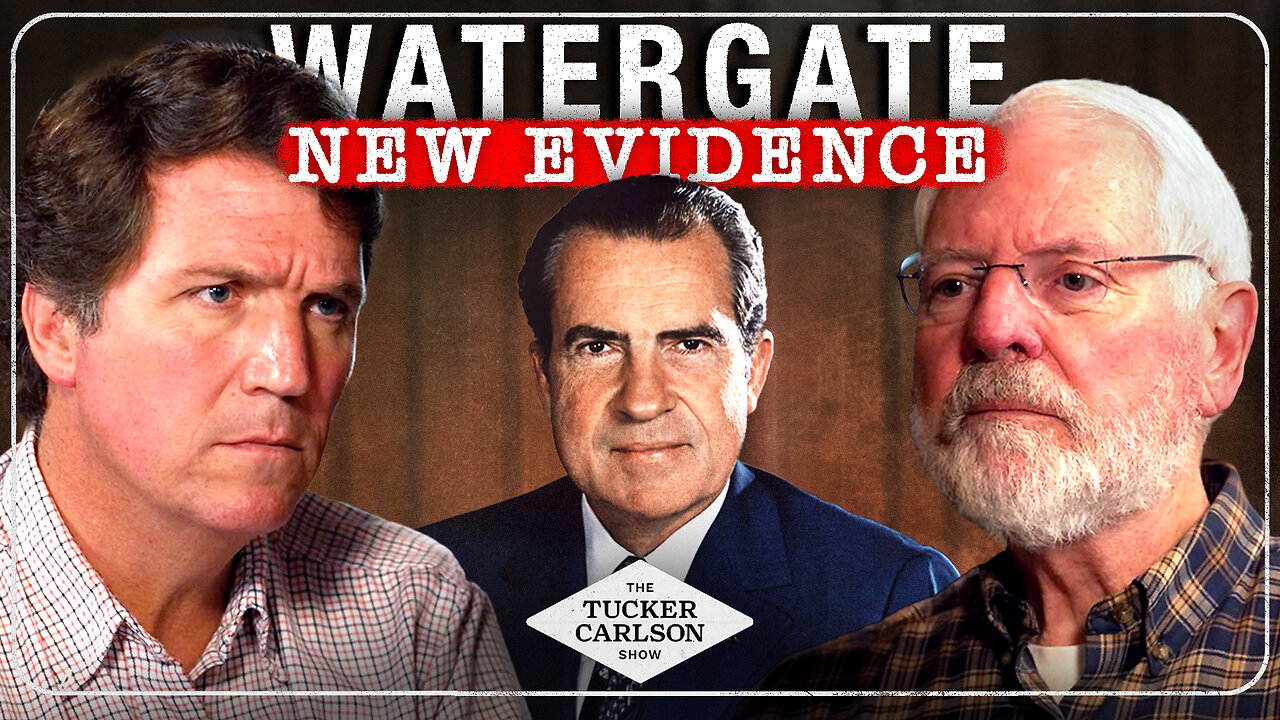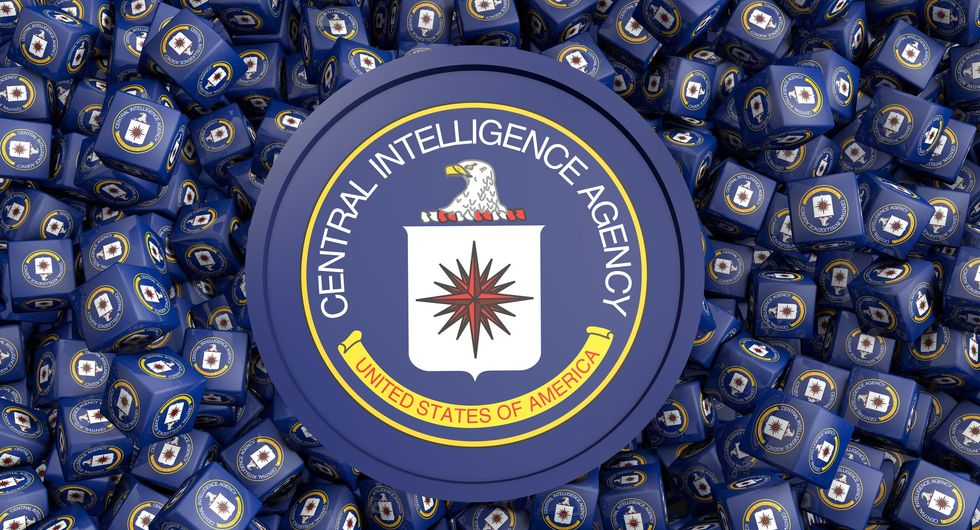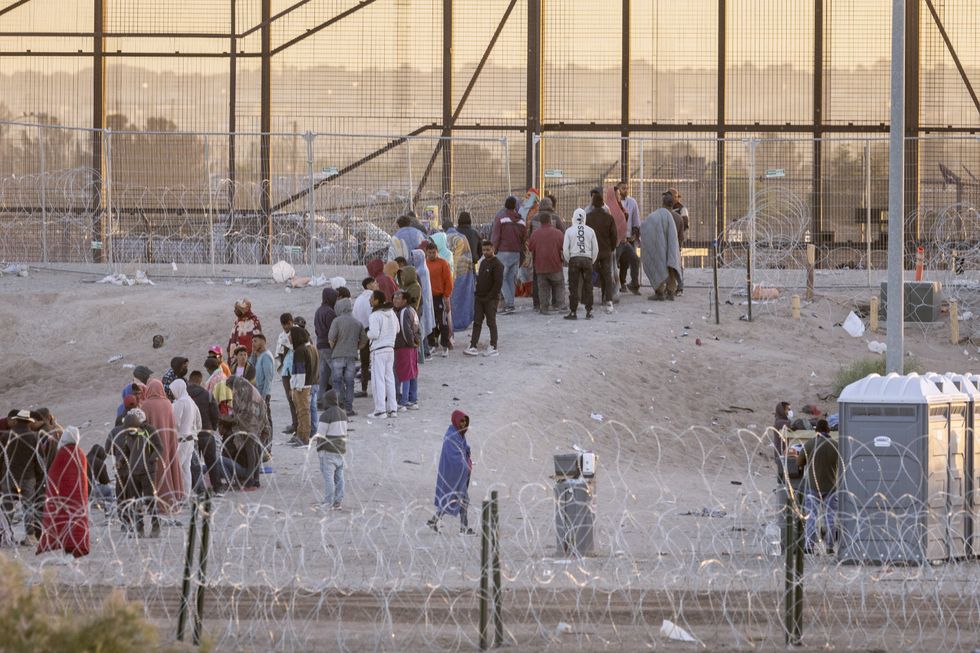Is the Middle East on a precipice after 300 days of war?
Israel girds for potential Iranian retaliation to targeted assassinations



JERUSALEM – Three hundred days have passed since Oct. 7, the day when hordes of well-trained Hamas commandos and ordinary Gazans breached Israel’s southern border fence and indulged in an orgy of blood-letting, pillage, rape, murder and kidnapping, the likes of which hadn’t been perpetrated against Jews for 80 years. Some 1,200 Israelis died.
Then on Oct. 8, Iran’s powerful proxy Hezbollah, started firing ordnance into Israel’s north, creating the environment for a potential regional war.
Now have recent events brought that possibility even closer?
Following Hamas’ invasion, the Israeli military focused initially on eliminating or capturing Gazan Palestinians roaming Israel’s southern territory, and then turned its focus on dealing with the locus from which the threat emanated. Three hundred days is by far Israel’s longest war, and at least in part would be anathema to the doctrine one of the country’s founding fathers – David Ben-Gurion – initiated: Israel’s wars should be short and fought on the enemy’s territory.
This particular enemy, however, having wasted the treasure bestowed upon it to create a subterranean terrorist state is unlike anything that could have been imagined in the 1940s. And so, the IDF has painstakingly – and at great human cost on both its and the Palestinian side – determined to prevent the possibility of a repeat of the slaughter on that Black Sabbath in October.
Jerusalem tonight: 300 days since October 7th.
300 days that the hostages have spent in hell.
Every minute, every day, the hostages are on our minds.
We will not rest until every last one of our loved ones is back home.
@ArnonBossani, @Jlm_city pic.twitter.com/CPjeOpjI8b
— Israel ישראל (@Israel) July 31, 2024
After 300 hundred days we must also pause to remember the approximately 115 Israeli hostages – several of whom are known to no longer be alive – still held in Hamas captivity. Recent events have overshadowed the pressing need to arrive at a hostage deal – and both the Israeli government under Prime Minister Benjamin Netanyahu and the Hamas rulers in Gaza and elsewhere, have played their ignominious part in prolonging this all-too-human tragedy.
We should not lose sight, however, of what might seem an obvious statement; a ceasefire was in place on October 6, and Hamas obliterated it in such a dramatic way to ensure overwhelming reprisals against the very people it claims to represent, but whose blood it holds cheaply.
300 Days in Hell.
115 Hostages still being held captive in Gaza.#BringThemHomeNOW pic.twitter.com/zpJIZjD4zf
— Arsen Ostrovsky ️ (@Ostrov_A) August 1, 2024
While we mark the 300th day since Hamas’ brutal attack, it has been 299 days since Hezbollah – a highly trained and massively armed wing of the Islamic Revolutionary Guard Corps – began its so-called “act of resistance” in solidarity with the Palestinians, and began firing missiles, rockets, and UAVs into Israel’s north.
It has succeeded in emptying large swaths of northern Israel, attempting to redraw the contours of the border, by forcing the evacuation and internal displacement of up to 100,000 people. Some of Israel’s border towns like Kiryat Shmona or Metulla are ghostly quiet, emptied of their people; and in some cases with up to a third of residential dwellings destroyed – used as target practice for Hezbollah operatives across the Lebanese border.
These towns and kibbutzim are also symbolic of Zionism itself, holding historical and cultural power. Some of them predate the official declaration of the State of Israel in May 1948, and they represent an unquenchably adventurous and pioneering Jewish spirit. Indeed, during the Arab Revolt of 1936-39, the Jewish leaders in British Mandate Palestine encouraged Jews to settle the land to the outermost reaches of its borders, both in the south around Gaza, and abutting Lebanon in the north.
300 days.
For 300 days our sons and daughters, brothers and sisters, mothers and fathers, grandparents, have been languishing in the dungeons of Hamas in Gaza.
Each second of every minute of every hour of these 300 days is a crime against humanity. And each second that passes… pic.twitter.com/K4Rce8rw0g
— יצחק הרצוג Isaac Herzog (@Isaac_Herzog) August 1, 2024
Prior even to that, heroic Zionist figures such as Joseph Trumpeldor, a one-armed, one-eyed former soldier in the Tsarist army who fought and was wounded in the Russo-Japanese War, came to pre-Mandate Palestine to defend Jewish settlement. He fought Arab bandits in Tel Hai in the northern Galilee – exactly the area upon which Hezbollah has designs. It was Trumpeldor who reportedly said while he lay dying following the battle, “No matter, it is good to die for our country.”
So much for history, though. We are now at a point – following the targeted assassinations of senior Hezbollah leader Fuad Shukr in Lebanon, and Hamas leader Ismail Haniyeh in Tehran, of a possibility of all-out war. Israel immediately took responsibility for Shukr’s killing – a man it should be remembered was not only responsible for the last 10 months of incessant Hezbollah attacks against Israel – including one on Saturday, which killed 12 children playing soccer on a Majdal Shams field – but also was instrumental in the 1983 truck bombing of the U.S. Marine barracks in Beirut.
He along with others introduced the world to the notion of suicide bombing in that attack, and for which the U.S. State Department placed a $5 million bounty on his head.
The man behind the massacre
Meanwhile, Israel has officially kept quiet about the Haniyeh hit – to the point Netanyahu has issued a directive for ministers to not speak about it. In a way, it is irrelevant whether it was the IDF or not, the assumption is that it was, and taking credit for it is neither here nor there.
Israel publicly vowed in October to eliminate Hamas’ leaders, and it has systematically gone after the organization’s most senior figures, following a policy, colloquially known in intelligence circles as the “Munich Doctrine.” This was the program of revenge Israel’s then prime minister Golda Meir set out to hunt down and kill the orchestrators of the Munich Olympics massacre in 1972, in which 11 Israeli athletes were murdered.
It took at least a decade, but Israel successfully eliminated all who were connected. The IDF and Israel’s security forces have removed four of Hamas’ top six leaders – Saleh al-Arouri, killed like Shukr in Hezbollah’s Beirut stronghold of Dahiyeh on Jan. 1; Marwan Issa in the Nuseirat Camp on March 10; Mohammed Deif, whose death was unconfirmed until Thursday, but who was killed in Rafah on July 13; and Haniyeh. Only Yahya Sinwar, thought to be deep underground somewhere in Gaza – likely Rafah – and assumed to be surrounded by Israeli hostages, and Khaled Mashal, who was exiled in Doha along with Haniyeh – and who is touted to become Hamas’ new leader – remain.
On Thursday, Hezbollah and Iran vowed “vengeance” on Israel, saying, “Israel’s acts of aggression would not go unpunished.” Hezbollah has consistently said an attack on Beirut would be met with an attack on Tel Aviv. And while the IDF’s attack on the apartment block where Shukr was known to be was exceptionally accurate, relying on pinpoint intelligence, several civilians were killed.
It is unclear if Hezbollah would use precision-guided munitions to attack Tel Aviv or attempt to overwhelm Israel’s defensive missile umbrella. Hezbollah’s leader Hassan Nasrallah – who is thought to live largely underground and frequently changes location for fear of assassination attempts on him – spoke later Thursday.
In his address, Nasrallah mentioned the war had entered a “new phase” three times, saying Israel had crossed a red line and “must expect rage and revenge.” He said international pressure won’t work and the war in Gaza must stop if people want the attacks on Israel to stop. He threatened both “Israel and whoever backs them.” He hinted at other forces joining – looking for a “precise and painful” attack. Iran would respond, he added, and it would be more significant than the previous one.
Nasrallah also mentioned “civilian casualties,” giving the impression of deliberately targeting Israeli civilians in retaliation, while denying Hezbollah had anything to do with the deadly attack on Majdal Shams. He highlighted the notion of honor for the region, a nod to the shame Iran feels for the attack carried out on its territory.
At Haniyeh’s Tehran funeral, Iran’s Supreme Leader Ali Khamanei spoke about it being his country’s “duty to respond” to the Hamas leader’s killing. It should be noted, Haniyeh’s assassination is a source of great embarrassment to the Iranian regime. He was an honored guest of the mullahs, invited to attend the inauguration of Iran’s new president Masoud Pezeshkian at the country’s parliament Tuesday.
Crucially, he was also staying at an IRGC-owned property in Tehran. He was ostensibly under its protection, and it failed to do so in the most spectacular way. In a region where saving face is a key component of social and cultural mores, it cannot be overstated how much of a rank humiliation this is.
Following this bitter, tragic event which has taken place within the borders of the Islamic Republic, it is our duty to take revenge.
— Khamenei.ir (@khamenei_ir) July 31, 2024
Indeed, reports surfaced Thursday saying Khamanei had ordered a direct Iranian attack on Israel in retribution for the Haniyeh strike. On April 13 Iran responded to the killing of Mohammad Reza Zahedi, a senior commander in the Quds Force – the operational arm of the IRGC in Damascus on April 1, by launching some 330 ballistic missiles, drones and rockets.
Miraculously, almost all of these either fell short or were shot out of the sky due to a combined effort of multiple countries, which included other than Israel itself, France, Jordan, Saudi Arabia, the United Kingdom and the United States. A similarly disproportionate response could be forthcoming. Although it is not at all clear on this occasion whether Iran will telegraph its intentions and give the defensive shield the time to array in the way in which it did previously. Or, if the countries involved would be able to respond similarly again.
Another scenario is the possibility of a coordinated attack; where Iran – emboldened by the lack of tighter U.S. administration oversight – could well take the lead in any strike, but it would be joined – in a multi-front pincer movement – by Hezbollah in Lebanon, the Houthis in Yemen, other Iranian Shiite proxies in Iraq and Syria, and perhaps even stoking unrest in Judea and Samaria. As well as a coordinated projectile attack, Iran’s vast army of cyber terrorists might also be activated to try and hack sensitive military sites or cause chaos for ordinary Israelis.
Middle Eastern analysts speaking in a Spaces forum on X suggested there was unlikely to be just a single attack, pointing out that multiple targets, potentially including Israeli embassies or diplomatic missions across the globe, could be forthcoming. Hezbollah has a very strong presence in South America for example. Another potential option could be the targeted assassination of a high-ranking or highly visible Israeli, whether in Israel itself or another part of the world.
Despite appearances, the regime in Tehran is generally a rational actor and views its own survival as key. However, the path of retribution which Khamanei, the Supreme National Security Council, and the IRGC have vowed to travel down is filled with jeopardy. A massive – even overwhelming response – which causes significant casualties in Israel, will almost inevitably lead to a wider regional war, which will likely also require the U.S. administration to stop sitting on the fence, and which may in turn kindle the flames of World War 3, about which President Donald Trump has recently sounded the alarm.
Netanyahu warned in an address to the nation on Wednesday evening “challenging days are ahead,” but vowed the country was “ready for every scenario” and “will exact a very heavy price for any aggression against us.”
Prime Minister Benjamin Netanyahu:
“Since the beginning of the war, I have made it clear that we are in a fight against Iran’s axis of evil. This is an existential war against a stranglehold of terrorist armies and missiles that Iran would like to tighten around our neck. pic.twitter.com/p20chQJdnM
— Prime Minister of Israel (@IsraeliPM) July 31, 2024
While our immediate concern must be on what the Iranian response will be – which includes the various proxies it has activated and funded to serve the very purpose of destroying the world’s only Jewish state, it’s important to put some things into perspective.
The response of the world’s media has been shameful, and while it paints Trump as a menace to the global order and calls vice-presidential candidate JD Vance a “weirdo” for believing and living his natalist ideals, it labels Haniyeh, a mass-murderer and embezzler of billions of dollars a “tough, but moderate” ceasefire negotiator. This is reminiscent of the Washington Post’s bizarre and self-owning take on the demise of ISIS leader Abu-Bakr al-Baghdadi, completely ignoring his bloody reign of terror merely calling him an “austere religious scholar.”
There are also bizarre claims Israel “escalated” the situation by taking out Shukr and Haniyeh. Shukr has been responsible for the last 299 days of in all-but-name war in Israel’s north, and Haniyeh was indivisible from the organization that carried out the worst pogrom against Jews since the darkest days of the Holocaust.
And now, we come to the U.S. administration. One is hesitant to label it the “Biden administration,” because it seems evident the man himself is to play no further part in American politics – having been peremptorily dismissed in subservience to the greater needs of the Democratic Party. On Wednesday, following Haniyeh’s assassination, Secretary of State Anthony Blinken was quick to deny any U.S. involvement, distancing the administration – whoever is in charge of it – and bleating an increasingly forlorn plea for “deescalation.”
To his credit, Biden instinctively backed Israel in the days and early weeks following the Hamas attack, but as he has grown increasingly enfeebled and distanced from the central levers of power, functionaries in the State Department among others, has successfully put daylight between Washington and Jerusalem – highlighted by the slow-walking of the much-needed rearmament shipments.
The irony of the situation – and it is certainly a bitter one because lessons remained unlearned by an administration that hubristically claimed in 2021 on its assumption of power “the adults were back in the room” – is that its entire foreign policy has been an unmitigated failure. Putting Ukraine to one side for the moment, it has strained every sinew – and also credulity – to prevent a war from happening, by seeming to advocate for the path of least resistance and appeasing the mullahs in Tehran. It was a policy the Obama administration spectacularly failed with, and Joe Biden telegraphed it was his desire to reanimate the JCPOA and roll back Trump’’ harsh deservedly harsh treatment of the regime, before he had even officially assumed the reins of power.
Take for example, the administration’s attitude after Iran fired those hundreds of missiles at Israel back in April. “Take the win” was the message, as if the killing of a senior IRGC general among others in Damascus, somehow warranted the indiscriminate firing of ballistic missiles, drones and rockets in Israel’s direction – aimed no doubt to cause maximum fatalities and casualties by being targeted at large population centers.
The stakes right now could not be higher, and there is little room for error for both Iran and all of its proxies.
Content created by the WND News Center is available for re-publication without charge to any eligible news publisher that can provide a large audience. For licensing opportunities of our original content, please contact [email protected].
SUPPORT TRUTHFUL JOURNALISM. MAKE A DONATION TO THE NONPROFIT WND NEWS CENTER. THANK YOU!
Originally Published at Daily Wire, World Net Daily, or The Blaze
What's Your Reaction?
















